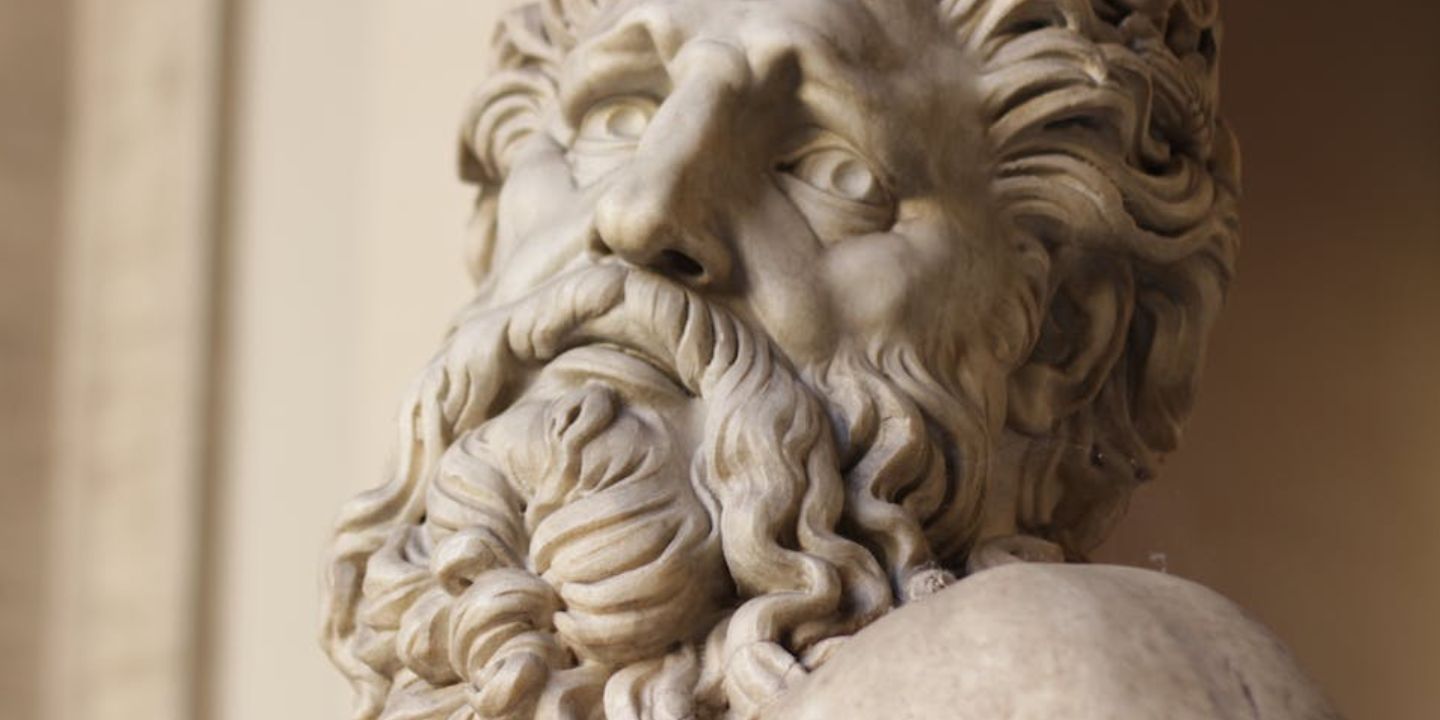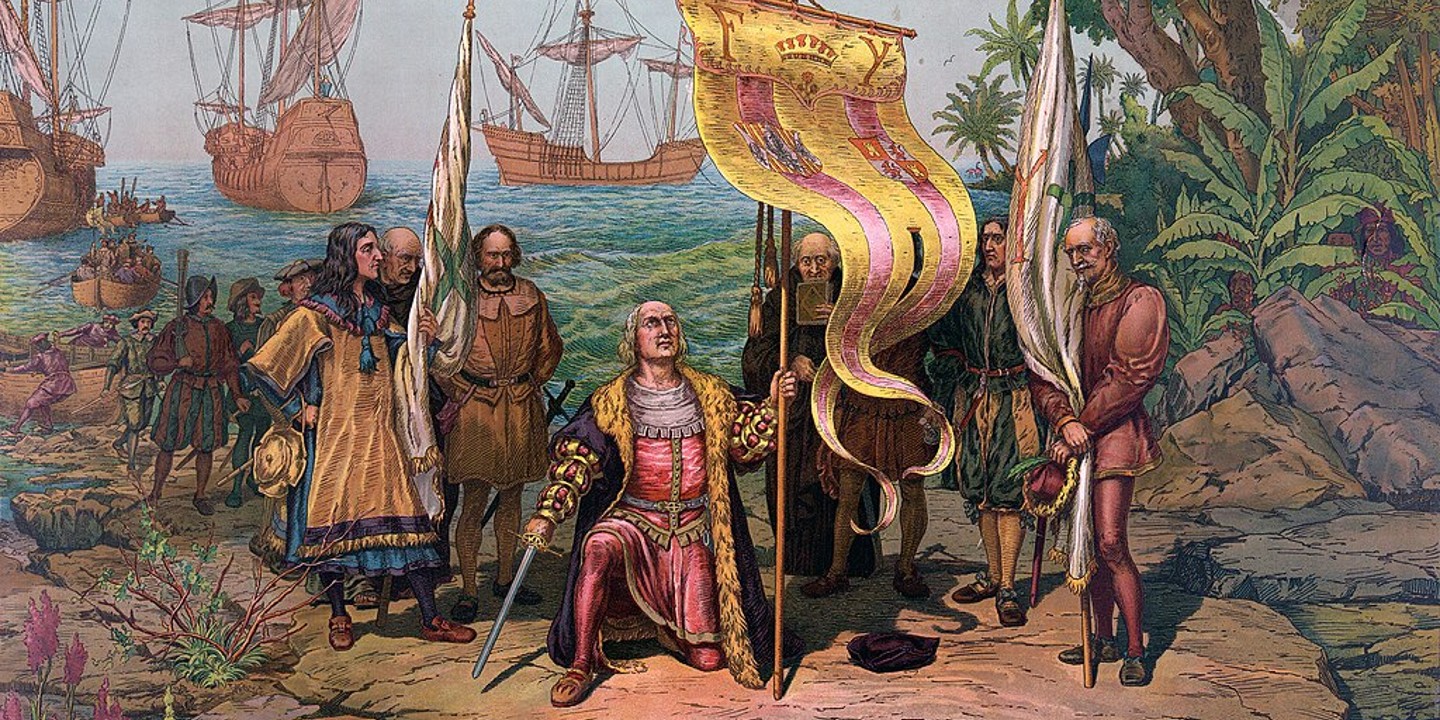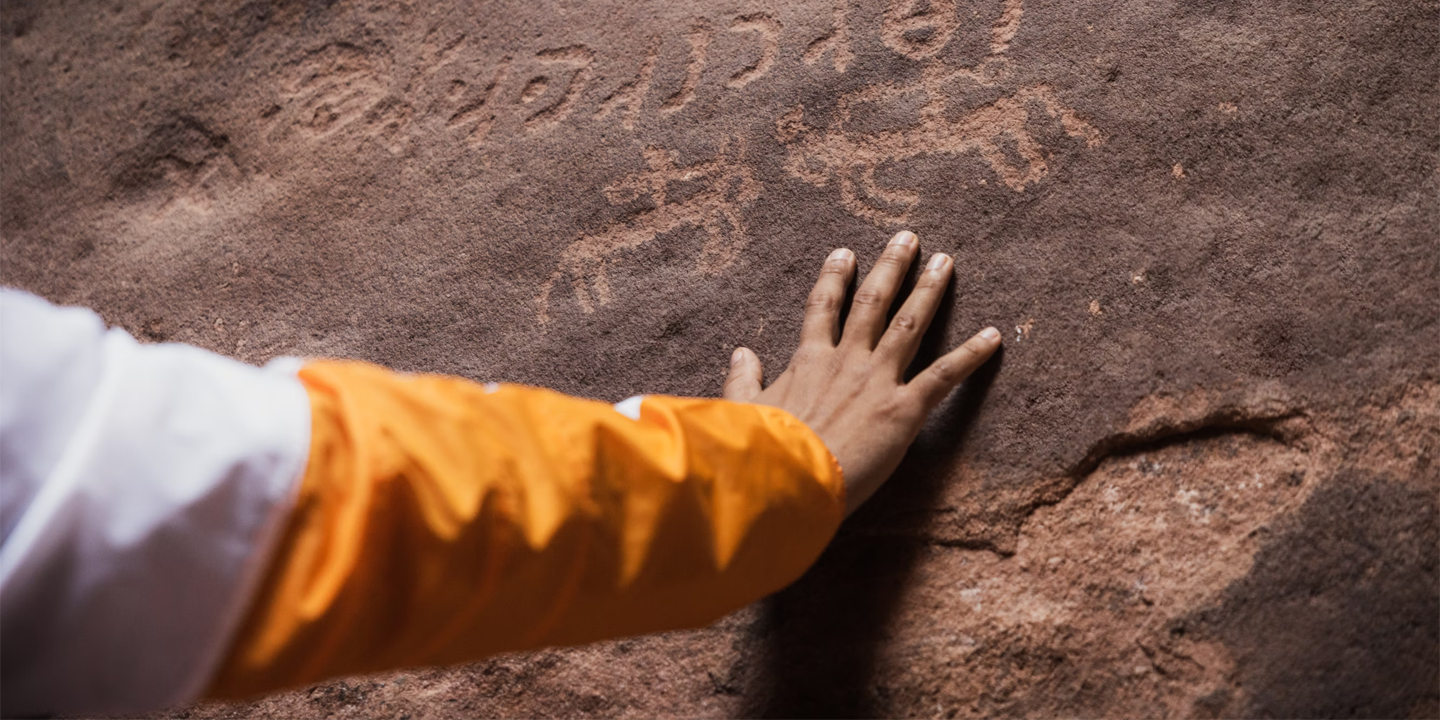The Real Old Money
Throughout the ages, wealth has taken many forms and shaped the destinies of kingdoms and empires alike. Behind every great fortune lies not just numbers or treasures, but stories of power and strategy. As we journey through time, we’ll uncover how a select few amassed fortunes so vast they altered the course of history by leaving legacies that still echo today. Let's dive into the 20 wealthiest figures throughout history!
1. Akbar
In the 16th century, this Mughal ruler presided over a land teeming with economic activity. Akbar’s revenue system was a masterpiece of financial engineering, channeling wealth from agriculture, trade, and tribute into the imperial treasury. His military and elite were funded directly from these riches.
 Unknown authorUnknown author on Wikimedia
Unknown authorUnknown author on Wikimedia
2. Mansa Musa Of Mali
Mansa Musa’s empire sat atop vast gold mines, which made him fabulously wealthy. But it was his legendary pilgrimage to Mecca that truly shook the world. Along the way, he gave away so much gold in Cairo that it triggered inflation.
3. Augustus Caesar
As the first Roman Emperor, Augustus commanded Rome’s immense economic engine by profiting from conquests and a taxation system that spanned continents. He bore the title “Imperator,” which signified direct military control and dominion over Rome’s vast fortunes.
4. William The Conqueror
After 1066, England was under new financial command. William the Conqueror took control of nearly all English land and turned feudalism into personal wealth. To assess his assets and taxation potential, William commissioned the Domesday Book—an exhaustive ledger of wealth and assets.
 Unknown authorUnknown author on Wikimedia
Unknown authorUnknown author on Wikimedia
5. Charlemagne
When Charlemagne was crowned as the Emperor of the Romans, he didn’t just inherit land—he gained the power to shape economies. He reformed currency, encouraged agriculture and trade, and drew wealth from tributes by laying the groundwork for Europe’s evolving medieval economy.
 Florian B. Gutsch on Wikimedia
Florian B. Gutsch on Wikimedia
6. Genghis Khan
No coin could fully capture Genghis Khan’s wealth; his empire was measured in land and tribute. From the Pacific to Eastern Europe, his empire enabled the Silk Road to flourish as a major channel for trade and wealth.
 Unknown authorUnknown author on Wikimedia
Unknown authorUnknown author on Wikimedia
7. Emperor Constantine I
Unifying the Roman Empire gave Constantine control over immense resources. He relocated the capital to Byzantium—soon Constantinople—tapping into eastern prosperity. His wealth fueled grand Christian projects, while reforms in currency and taxation anchored the empire’s economy under his stabilizing hand.
 Jean-Christophe BENOIST on Wikimedia
Jean-Christophe BENOIST on Wikimedia
8. Cleopatra VII
Cleopatra ruled as Egypt’s economic strategist, ultimately controlling the Nile’s fertile lands and mineral wealth to dominate one of the Mediterranean’s richest regions. Her alliances with Mark Antony and Julius Caesar were strategic partnerships that boosted Egypt’s wealth through political and economic gain.
 Richard Mortel from Riyadh, Saudi Arabia on Wikimedia
Richard Mortel from Riyadh, Saudi Arabia on Wikimedia
9. Tokugawa Ieyasu
By turning rice into riches, Japan’s wealthiest shogunate era began under Tokugawa Ieyasu. Master of the rice tax, he made the staple grain into an economic powerhouse and wielded it to build imposing castles and mint new coins.
10. Solomon Of Israel
According to ancient texts, King Solomon’s coffers overflowed with gold. He poured this wealth into monumental projects, most famously the First Temple in Jerusalem. Lavish palaces, rich imports, and alliances with distant lands cemented his status as a ruler whose wealth reached the heavens.
11. Cyrus The Great
Cyrus the Great built the Persian Achaemenid Empire on a foundation of riches that spanned minerals and urban prosperity from Mesopotamia to Central Asia. By weaving together a patchwork of cultures, he created a thriving network of commerce and tribute that fueled imperial growth.
12. Empress Wu Zetian
A towering presence in Tang-era China, Empress Wu rose to power in a society that barred women's access to leadership. She commanded monopolies on salt and silk, swelling the imperial treasury. Her reign saw thriving literature and public projects, backed by profitable Central Asian trade.
 Unknown authorUnknown author on Wikimedia
Unknown authorUnknown author on Wikimedia
13. Moctezuma II
When Spanish conquistadors laid eyes on Moctezuma II’s realm, they were stunned. As emperor of the Aztecs, he ruled over tribute-paying states and stockpiled staggering volumes of gold and jade. The temples of the Aztecs shone from metalwork, powerfully symbolizing spiritual and material richness.
 attributed to Antonio Rodriguez (1636-1691) on Wikimedia
attributed to Antonio Rodriguez (1636-1691) on Wikimedia
14. Leopold II Of Belgium
Though a king in title, Leopold II operated like a ruthless tycoon in the Congo. He privatized exploitation, efficiently reaping immense profits off rubber and ivory, while masking brutality with corporate fronts. His riches shaped Europe’s grandeur and outgrew his public crown.
15. Ivan IV
With vast territories rich in fur and minerals, Ivan centralized state revenues through his notorious oprichnina (secret police and taxman). The public purse funded icons like St. Basil’s Cathedral, while Ivan’s military pursuits swallowed gold at an alarming rate.
16. Louis XIV Of France
To grasp Louis XIV’s opulence, look no further than Versailles—a palace built with staggering sums. France, under his rule, became Europe’s wealthiest, funded by heavy merchant taxation. His court set the gold standard in fashion and art, turning royal extravagance into a symbol of absolute authority.
 Gian Lorenzo Bernini on Wikimedia
Gian Lorenzo Bernini on Wikimedia
17. Kublai Khan
Kublai Khan was the ultimate globe-trotter. Ruling the vast Mongol-ruled Chinese empire, he turned the Silk Road into his personal express lane for wealth and luxury. Beyond that, Kublai controlled resources across two continents and imposed a unified currency system.
18. Philip II Of Spain
Silver-laden fleets from the Americas poured into Philip II’s empire, effectively fueling a global reign that bankrolled grand military campaigns, which included the mighty Armada. With treasure and territory on nearly every continent, his vaults were as vast as his power.
19. Tamerlane
Tamerlane’s campaigns stretched from Persia to India, seizing riches from Delhi and beyond. But he didn’t just hoard—he cultivated a court of artists and engineers, reflecting his empire’s power in opulent palaces and monumental architecture funded by conquest.
20. Emperor Shenzong Of Song
In 11th-century China, Emperor Shenzong led one of the world’s richest economies. Through sweeping reforms, he boosted commerce and expanded trade routes. This established the Song dynasty as a thriving hub of wealth, innovation, and international exchange.
KEEP ON READING

The 20 Most Recognized Historical Figures Of All Time
The Biggest Names In History. Although the Earth has been…
By Cathy Liu Oct 4, 2024
10 of the Shortest Wars in History & 10 of…
Wars: Longest and Shortest. Throughout history, wars have varied dramatically…
By Emilie Richardson-Dupuis Oct 7, 2024
10 Fascinating Facts About Ancient Greece You Can Appreciate &…
Once Upon A Time Lived Some Ancient Weirdos.... Greece is…
By Megan Wickens Oct 7, 2024
20 Lesser-Known Facts About Christopher Columbus You Don't Learn In…
In 1492, He Sailed The Ocean Blue. Christopher Columbus is…
By Emilie Richardson-Dupuis Oct 9, 2024
20 Historical Landmarks That Have The Craziest Conspiracy Theories
Unsolved Mysteries Of Ancient Places . When there's not enough evidence…
By Megan Wickens Oct 9, 2024
The 20 Craziest Inventions & Discoveries Made During Ancient Times
Crazy Ancient Inventions . While we're busy making big advancements in…
By Cathy Liu Oct 9, 2024












